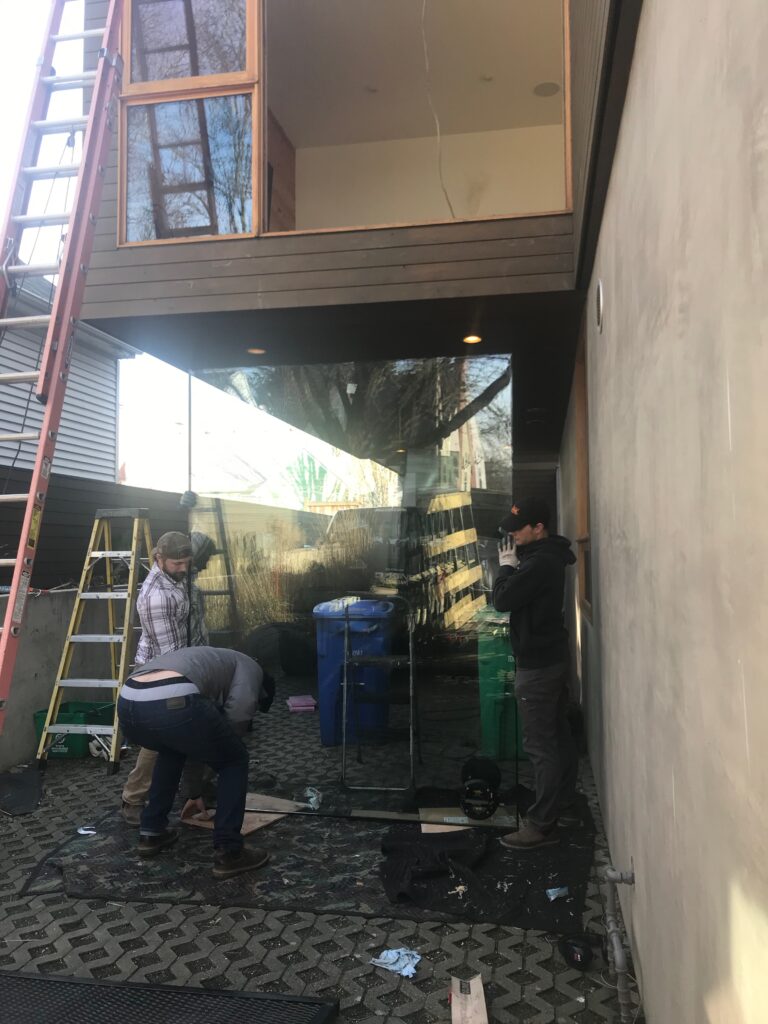Not being a team player might kill you
You think I’m kidding, right? But it might actually kill you if you work, for example, as a glass installer.

Photo by rawpixel on Unspalsh
One of the windows in our home was building condensation in between the panes of glass and after living with it for maybe a year, we decided to bite the bullet and have the window finally exchanged.
This particular window was 12 feet up in the air. After the initial order was placed, the installers showed up as a team of 4 to get familiar with the job site and to understand how to loosen the window enough to be taken out of the wall hole to the exterior. The weight of the window was 450 lbs. Two guys were on ladders and one guy was on the inside of the house.
They spent hours strategizing how to best get the window out in one piece without shattering it all over the driveway. Eventually, they figured the best way was to tie straps around a fire ladder on the roof to bear the weight.
During the entire operation, they were communicating non-stop on all three levels of the house. They were discussing if they were strong enough, if they had the right position, if someone wasn‘t thinking everything through, etc. They knew that one mistake could severely injure themselves or others to a point where limbs could be severed or even lives lost. They were shouting, they were imploring each other and made sure everybody was heard.
It was the clearest example of excellent team work I have ever witnessed.
Thankfully, as apparel designers, rarely are lives at stake and maybe that’s why we often fail to communicate or understand what team members are looking for.
The business leader wants a range at great margins, good fits, to sell a lot and make money. The designer wants to create a beautiful garment that fits well and look great on the fit model. The tech designer wants the garment to fit well on a majority of the population and urges not to fit too closely to the fit model. The developer wants to keep their timelines and answer factory questions. The material manager wants to make sure the fabric will wash, not fade, get to the factory on time so production isn’t‘ compromised. The sourcing director puts out fires and pressure the factory to deliver on time at the best terms for the brand.
But, all too often each team member is focused on their needs at hand and is quick to blame other links in the team for letting them down and not doing a good job. ****








